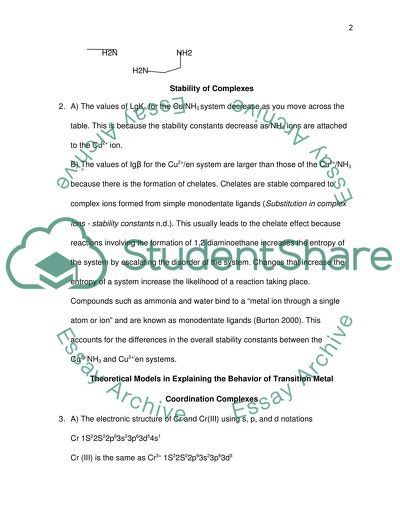Cite this document
(“Inorganic chemistry Assignment Example | Topics and Well Written Essays - 1500 words”, n.d.)
Inorganic chemistry Assignment Example | Topics and Well Written Essays - 1500 words. Retrieved from https://studentshare.org/chemistry/1614206-inorganic-chemistry
Inorganic chemistry Assignment Example | Topics and Well Written Essays - 1500 words. Retrieved from https://studentshare.org/chemistry/1614206-inorganic-chemistry
(Inorganic Chemistry Assignment Example | Topics and Well Written Essays - 1500 Words)
Inorganic Chemistry Assignment Example | Topics and Well Written Essays - 1500 Words. https://studentshare.org/chemistry/1614206-inorganic-chemistry.
Inorganic Chemistry Assignment Example | Topics and Well Written Essays - 1500 Words. https://studentshare.org/chemistry/1614206-inorganic-chemistry.
“Inorganic Chemistry Assignment Example | Topics and Well Written Essays - 1500 Words”, n.d. https://studentshare.org/chemistry/1614206-inorganic-chemistry.


